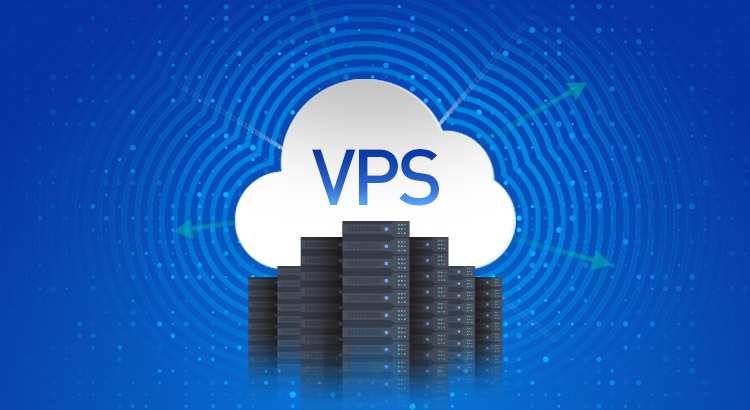VPS (Virtual Private Server) hosting is a type of web hosting that involves the use of virtualization technology to create multiple virtual servers on a single physical server. Each virtual server operates independently and has its own resources, including CPU, RAM, storage, and bandwidth.
Here are the basic steps of how VPS hosting works:
- A physical server is set up with virtualization software, which allows it to create multiple virtual servers on the same hardware. Each virtual server is allocated a specific amount of resources, including CPU, RAM, storage, and bandwidth.
- Users can then rent one or more of these virtual servers and use them to host their websites, applications, or other services.
- The virtual server appears to the user as a dedicated server, with its own operating system and full control over the server configuration.
- Users can install their own software, applications, and configurations on the virtual server, just as they would on a dedicated server.
- The hosting provider is responsible for maintaining the physical server and ensuring that each virtual server is isolated from other virtual servers on the same machine.
- The hosting provider also typically offers support and maintenance services for the virtual server, including software updates, security patches, and backups.
Overall, VPS hosting is a cost-effective and flexible solution for users who need more control over their hosting environment than shared hosting can offer, but who don’t want to invest in a dedicated server.




